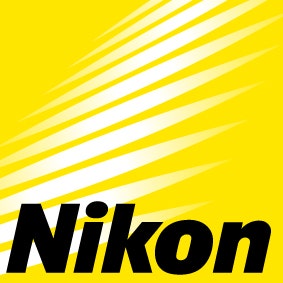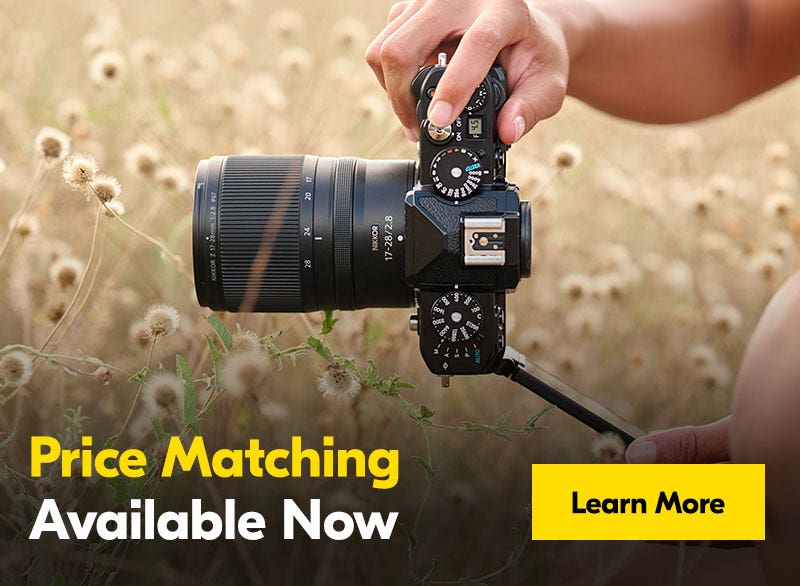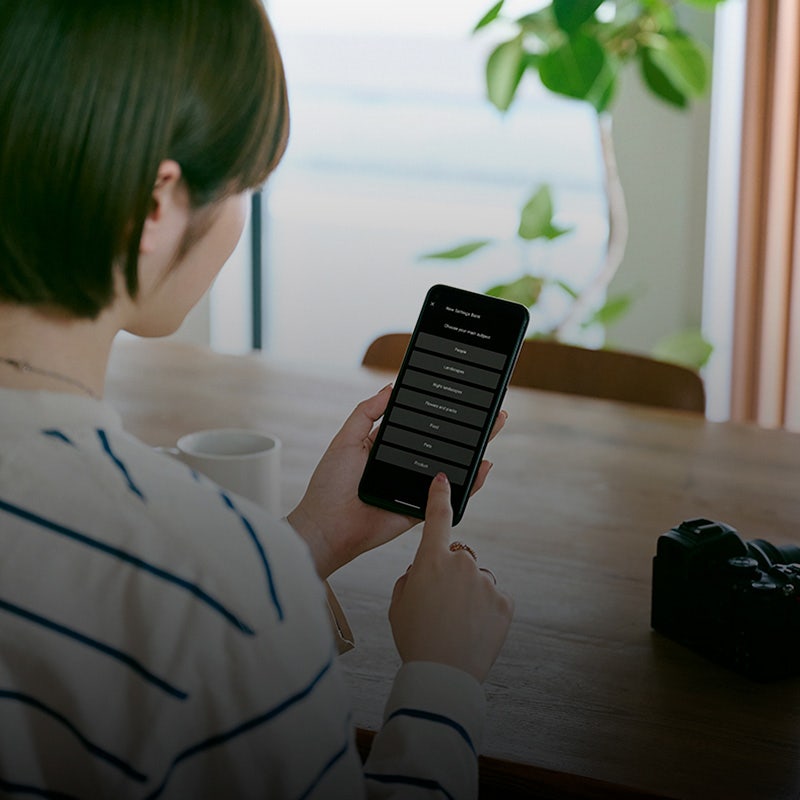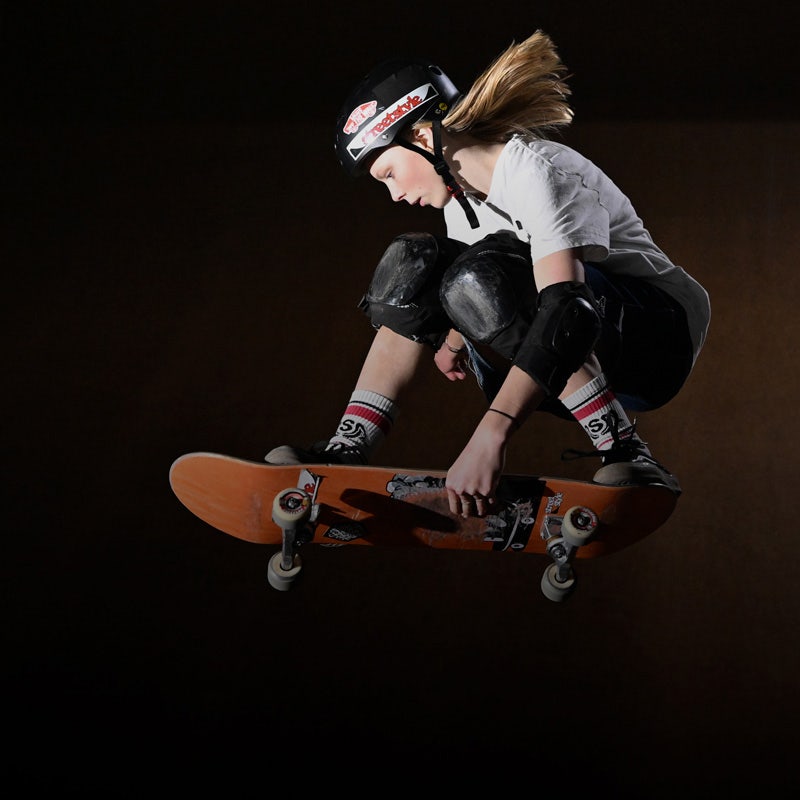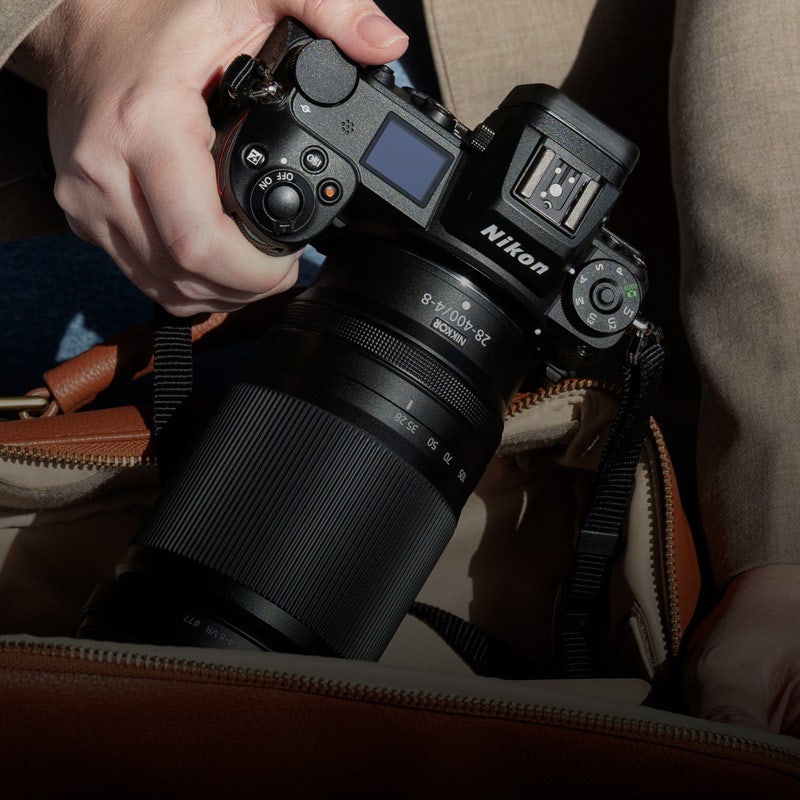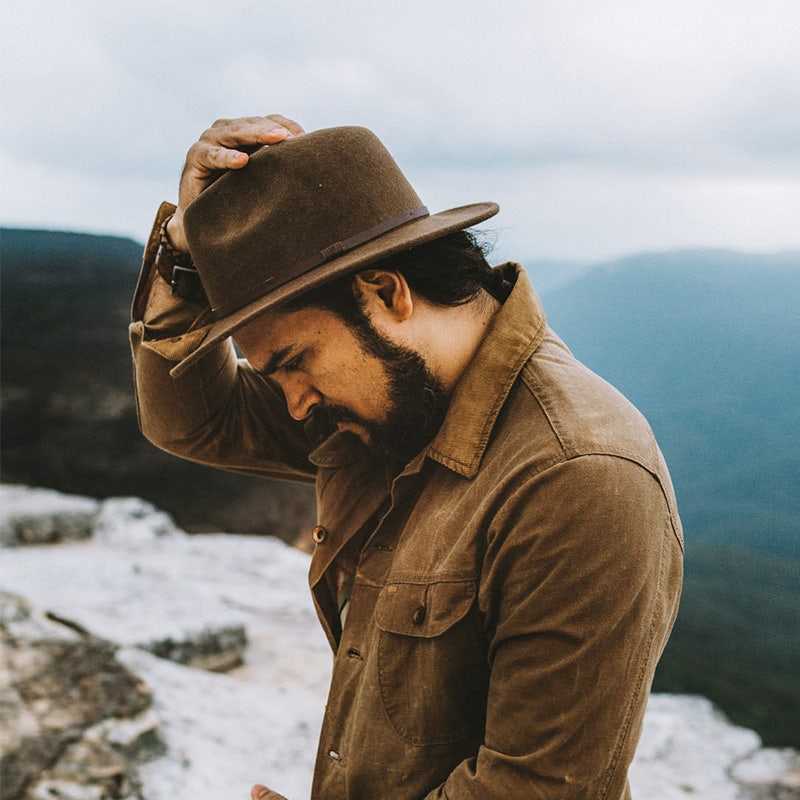Bobbi Lockyer’s photos are her babies, in more ways than one.


Over the past 14 years, Western Australia-based artist Bobbi Lockyer has continued to go from strength to strength, across a variety of disciplines. First and foremost a sought-after photographer, Lockyer’s work radiates a deeply held passion for motherhood, family, her indigenous heritage, and the natural landscape. Her vibrant images have been recognised on both the local and international stage, including in Vogue magazine and at New York Fashion Week. As a successful business owner, she continues to colour outside the lines of photography via graphic design, visual art, illustration and textiles.
Critics have called Lockyer both “ground-breaking” and “revolutionary”. We sat down with her to find out how she came to earn such a reputation.
How did you first become interested in photography?
As a kid, I was always fascinated by photos. I loved looking at them…at mum’s old photos and particularly at baby photos. I loved those little disposable cameras and I’d fill them up all the time, dressing up my little sister and making her pose in the garden. I think, at one stage, I had about 100 of those cameras, ready to be developed. My mum would say “this is costing a lot of money!” But I couldn’t help it, I loved doing it.
About 14 years ago, while my sister was set to have her first child, I asked if I could take a few pregnancy photos. It was in that moment that I became obsessed and knew I wanted to get a proper camera. So, I went to the store to look at DSLRs and discovered the Nikon D60 and the rest is history.
I spent the next two years teaching myself how to take a photo the right way. I went to the library at TAFE and took out every single book on photography. I even bought one of those Photography For Dummies-type books. I taught myself manual photography, lighting… everything required to take a good photo.
Over those 14 years, you went from a self-taught photographer to a renowned creative and entrepreneurial force. Can you tell us about that journey?
Back then, photography was just a hobby. Then, roughly ten months after my sister gave birth, I had my first baby…a boy. Without thinking about it, I couldn’t help but capture all these photos of him growing up. That’s when I started researching and studying newborn photography, which was very different at that point in time.
I can’t remember exactly when photography went from hobby to business, because I’d already established a graphic design business. But let’s just say that in a short space of time, my newborn photos were quite well received. My first clients were just friends and family but then it became their friends and family. Thanks to word of mouth, suddenly I was taking on heaps of work and no longer needed graphic design. Photography had become my primary source of income.
Which was great, because I would eventually have four kids. This newfound success allowed me to raise my children and still work my own hours, as a photographer.
Your work tends to explore a cross-section of themes including motherhood, the natural world and your heritage. Do you consciously consider these themes or do they come out without needing to think about it?
A bit of both. The themes come naturally but they’re also what I’m passionate about, so I can’t help but consider them. I’m the eldest of six kids. I’ve always had babies around me. When I was a kid, all the little girls would say they couldn’t wait to grow up and get married. I couldn’t wait to grow up and become a mum. So, you could say that pregnancy has always fascinated me.
When I began to dive more into my cultural background, I loved the beauty and connection between mother and child. I consciously think about that relationship when I create my work. I want to show that connection.
You were born, raised and still live in Port Hedland. What role does your hometown play in your work?
Growing up in the Pilbara has definitely influenced my work. I love the natural ruggedness of our coastline and our incredible coral reef. I am constantly moved by the landscape around me and I love to incorporate it into the themes and backdrops of my portraits. Spiritually, connecting to country is important to me and as an Aboriginal woman, we connect with our sense of being through the land and through nature.
Do you have a favourite image that you’ve captured?
It’s really hard to choose. The ones of my own kids are up there, definitely, but it’s hard to choose, because I’ve got so may favourites. One that Vogue published is a favourite – I just love the connection between mother and daughter and the fact that the daughter was pregnant with the mother’s first grandson. I love that.


Images by Bobbi Lockyer
Your work has been described as “ground-breaking” and even “revolutionary”. How does that kind of glowing reception affect you and your process?
I don’t think it really affects my process or puts pressure on me, because I just love to create. Art and photography just make me happy, so it never feels like chore or something I must try to do. So, I feel I’m always learning and upskilling. Trying to better myself.
When people say those things, I sometimes have a bit of that imposter syndrome, where I’m like “really, is it that great?”. But in the end, I’m just doing what makes me happy.
What role does colour play in your work?
I love colour. When I first began exploring my indigenous art, I stuck with the typical black, red and yellow, which are all beautiful colours, but I wanted more of me and my personality in the work. The natural colours here in the Pilbara and the Kimberley are amazing, especially during wildflower season when the whole landscape changes. The red dirt. The turquoise water. The pink wildflowers. All of that plays a role and inspires me.
You tend to enlist your children as subjects for your images. Can you tell us about that process?
My eldest son was basically born with a camera in his face [laughs]. He loves the camera. He’s always loved it. He’s always been my little model. I remember when he was five, he would come up to me and say “Mum, come take a photo of this!”. I’d follow him, thinking “what is this awesome thing I’m going to see?” And it would end up being something like him just opening the fridge [laughs again].
He’s now almost 13. He still loves the camera, but now we even discuss ideas together. He’ll come to me and say “oh Mum, this would be a cool idea”. The we talk about it, plan it out and do it. My other kids are not interested in being subjects. At all. My second child will just hide with a frown and say “no, no photos of me!” My third, who is six, loves taking photos. He uses my Nikon D300 and he’s already got quite the eye. I’m hoping he takes after me.
When I can get a photo of all four of my kids, I treasure it!
Can you tell us a bit about your non-photographic work?
I still do a lot of design and illustration. These days, my graphic design work is more hand-drawn and painted illustration, combined with the digital. Last year, I illustrated two children’s books. I’m also currently doing a lot of work in the fashion arena, ever since one of my paintings was featured on the back of a garment for Deadly Denim at New York Fashion Week.


Images by Bobbi Lockyer
What would you say to a photographer who is struggling to find their own unique aesthetic or point of view?
Stop comparing yourself to others. I found that this was my biggest breakthrough. In the early years, I was looking at what all the greats were doing and thinking “oh, I wish I could do this…” or “I’m going to try that!”. I feel like trying too hard confines you. You need to do your own thing and what makes you happy. Don’t worry about what other people are doing, just focus on yourself. That’s when you grow.
Similarly, what would you say to a photographer concerned with making photography their primary source of income?
If you want to start a business with your photography, it’s not just about the photos. The business side is equally, if not more important. You need to know your business plan and your marketing plan. You need to know who you’re targeting and how. So, whether it’s enrolling in a business course to learn the ropes or outsourcing that side of things, you need to get those ducks in a row before you start charging for your work.
If we were to peek inside your gear bag, what would we find?
At the moment I’m shooting with my Nikon Z 6 and my 24-70mm lens. Just two days ago, I got the 70-200mm but haven’t yet had a chance to open the box. I also use the 85mm. So that’s what’s in the bag that I take to all my sessions.
But at home, I also have my Nikon D800 and my other Nikon lenses: the 135mm, 35mm and 105mm Macro.
What made you choose Nikon?
When I first wanted to get a camera, I joined a photography group on Flickr and asked “which is the best DSLR?”. I remember one person responding “We can’t answer that for you. Go to the camera store, pick up a range of cameras and see what works for you.”
So, it came down to Nikon and another [laughs] big brand. I tried both of them I knew straight away it was Nikon all the way. I’ve stayed with them ever since and I’ve never for a moment wanted to change.
